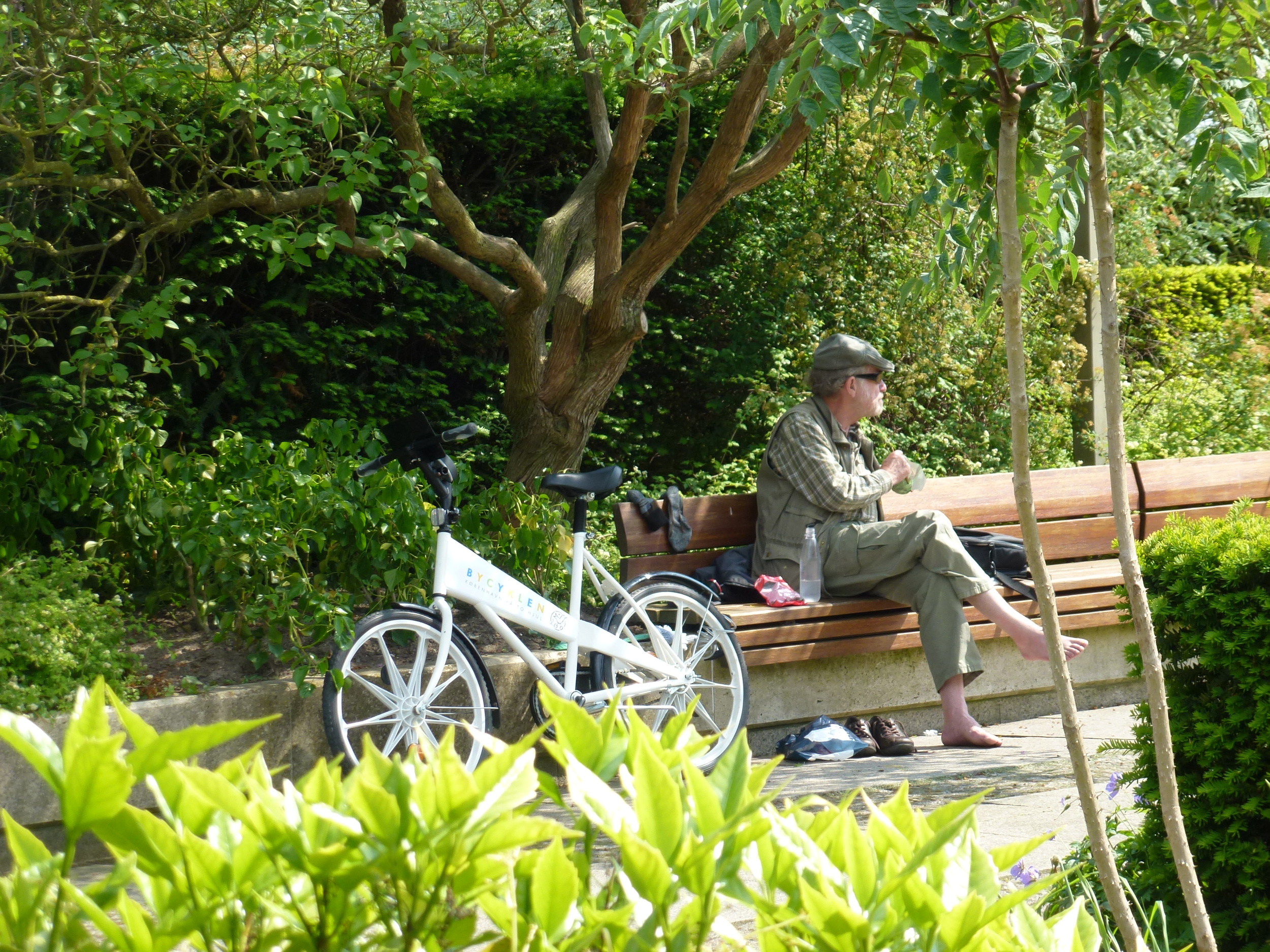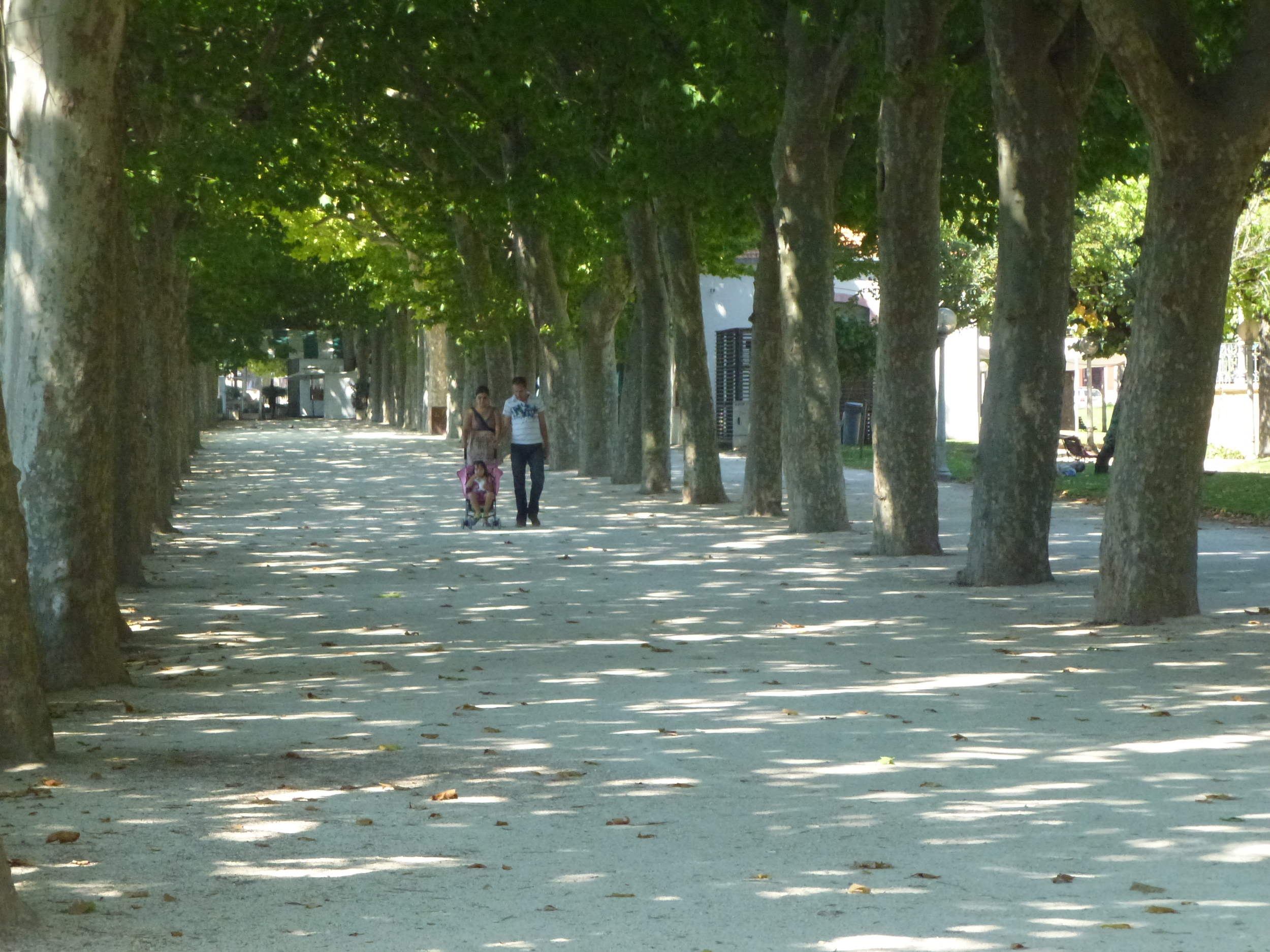Ameliehaven, small park in urban neighbourhood of Frederiksstaden in Copenhagen.
Think of a place that you love spending time to get away from the daily grind. It might be a park, a riverside walk, perhaps some urban woodland. Places like this are of real important in our cities for the health and wellbeing of all residents. But these places are under threat.
We all know that local councils have been hit hard with budget cuts, some more than others. While the effect on our green and open spaces may not be immediately obvious, it soon will be. Green and open spaces suffer more than other council services when resources are limited. This is because it’s not a legal requirement to provide them.
Riverside walk in Coimbra, Portugal
Fly-tipping is a real problem that land managers have to deal with, particularly in times of budget cuts where resources for clearing rubbish are limited.
This pressure on budgets has happened before – funding cuts in the 1980s-early 1990s led to a real deterioration in urban green space quality. Park staff lost their jobs. When park equipment was damaged it was often not repaired. Parks were undervalued and not maintained. A recent survey showed that in 2011, 80% of local authorities had to cut staff and they expected parks and green spaces to deteriorate. And this will continue with the ongoing budget cuts.
The ambitious design of Parc André Citroën in Paris relied heavily on water features, few of which are still working.
Budget cuts have also meant that national voices for our green and open spaces like CABE Space and GreenSpace no longer exist. Who is talking about our green and open spaces?
Well, we are! We believe that place-keeping is a fundamental way in which we can raise the profile of our green and open spaces. Place-keeping is about the long-term future of our green and open spaces and acting now in ways to manage such places well and sustainably.
It’s about ensuring that when place-making or place-shaping happens – e.g. when a new playground is built or an urban square is regenerated – the quality of that place is secured for the long term.
You might think that this just happens – but in our experience this is often not the case. We have looked at a number of places around Europe and found that place management is not always carried out after place-making.
Thinking about the long-term place-keeping at the place-making stage can help ensure that investment in places is not a waste of money and time. Some key questions can be asked:
Are features designed to last?
Place-making activities enjoy a high profile with policy-makers and funders. It is much more difficult to secure funding and political support for long-term open space management. We need to stand up and shout about place-keeping! This website and its regular blogs are our call to action. We need to share knowledge about good place-keeping: tell us about good examples that you know about. We want to exchange ideas and good practice. Join the debate!
#placekeeping
@placekeeping
www.place-keeping.org
Dr Nicola Dempsey, Department of Landscape, University of Sheffield
Twitter: @DrNicolaDempsey
These and related issues are discussed in the forthcoming book, Place-keeping: open space management in practice, edited by Nicola Dempsey, Harry Smith and Mel Burton published by Routledge in 2014.
We love our spaces but how can we measure this?






